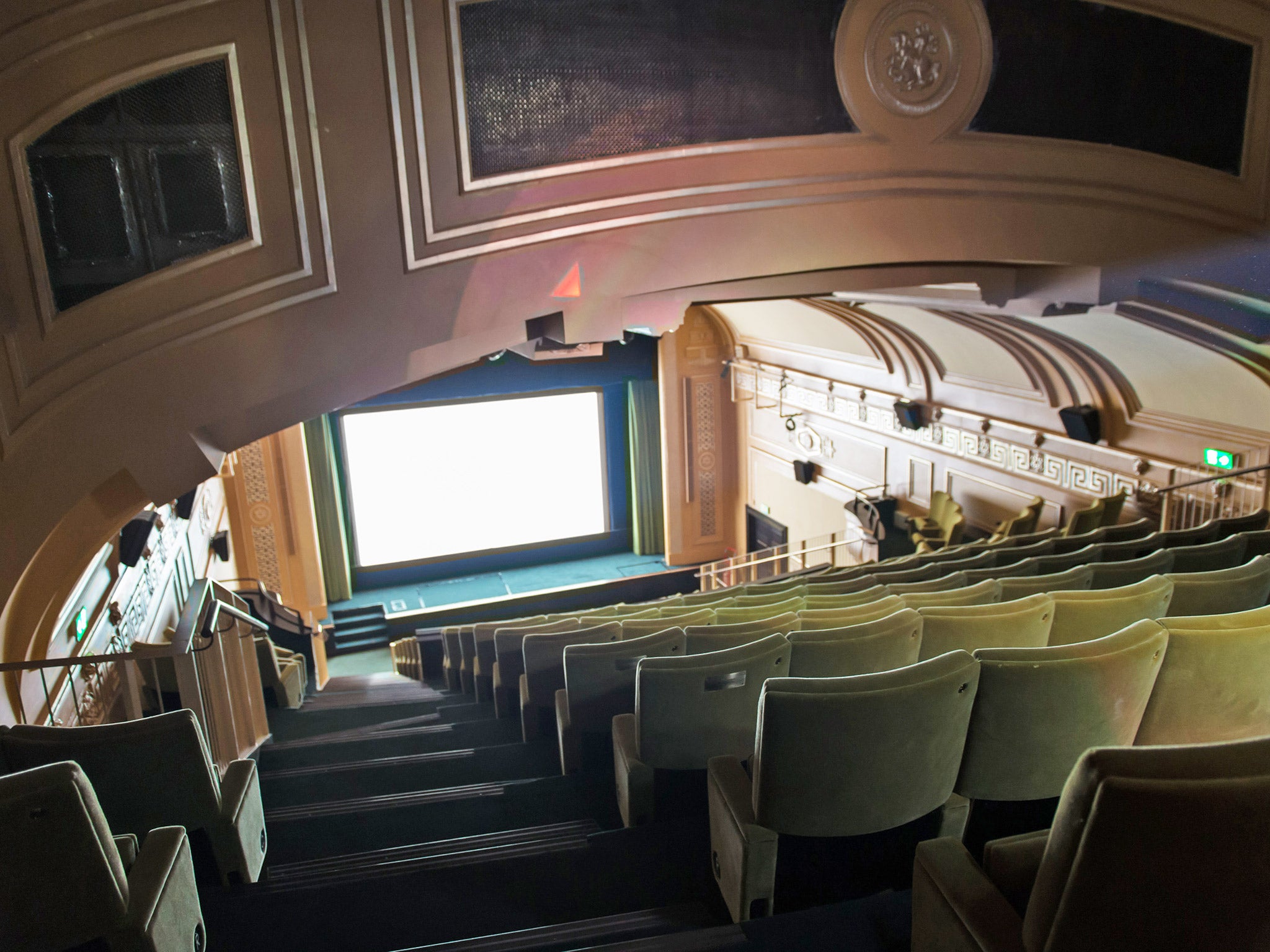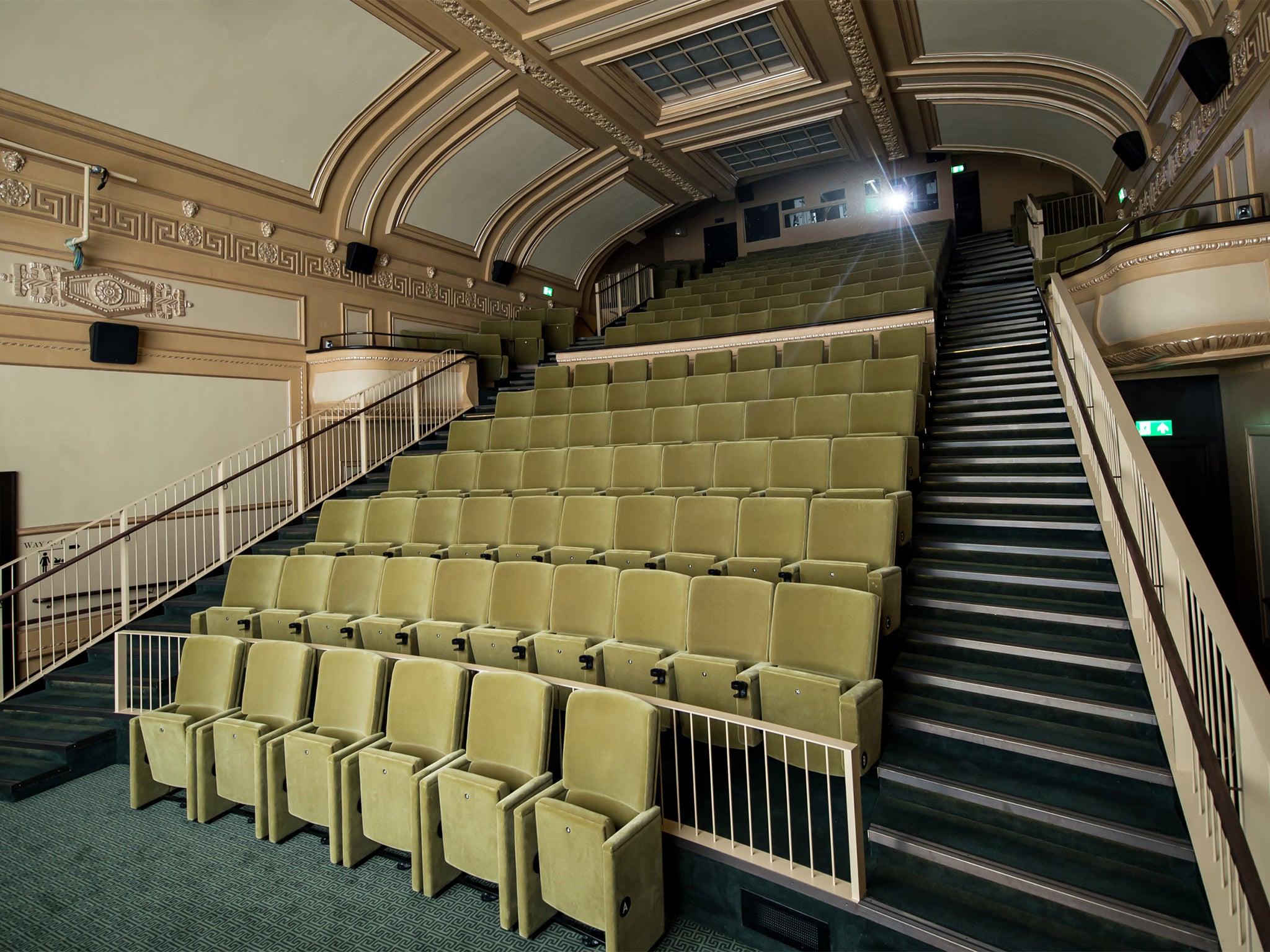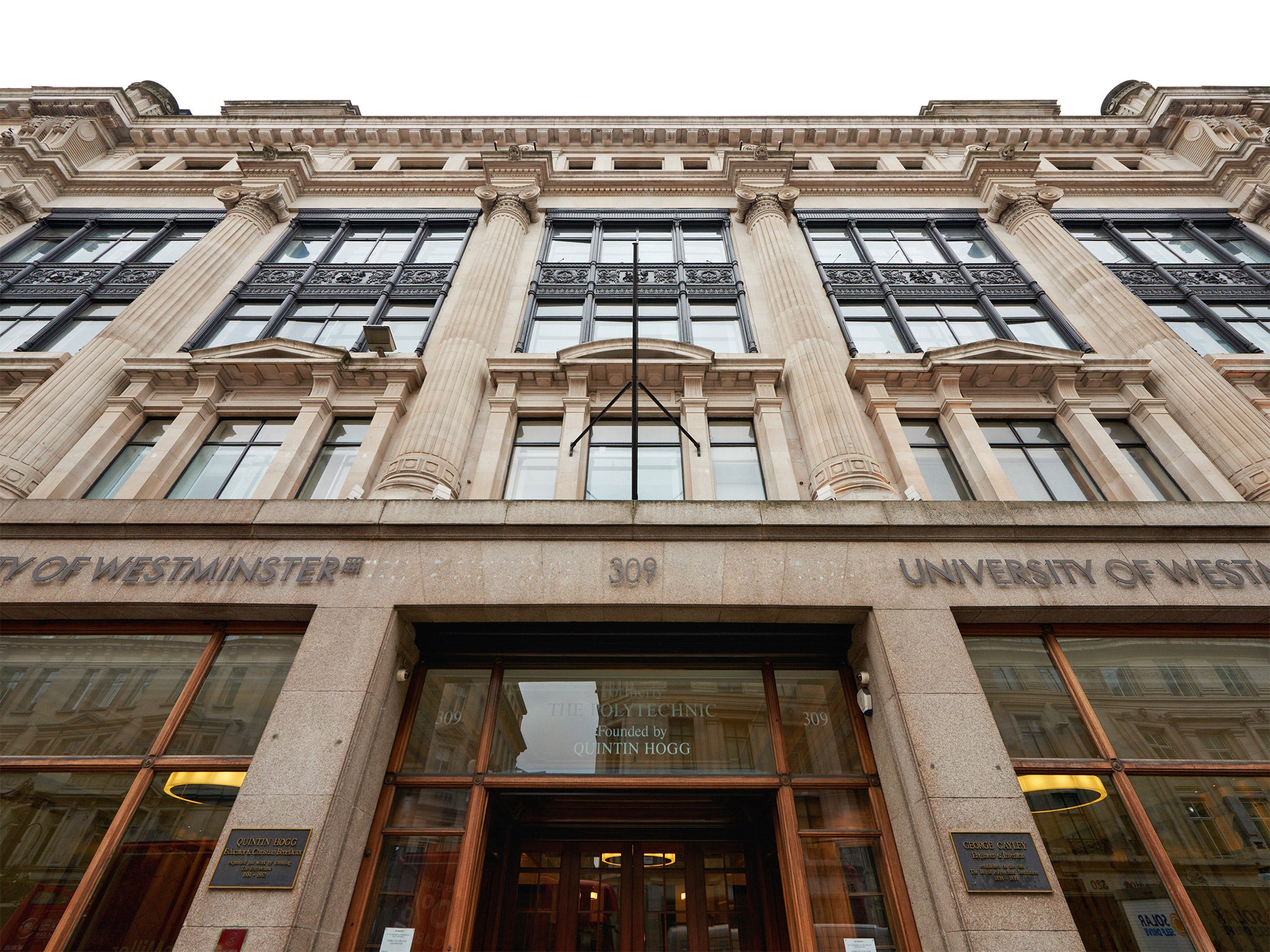Regent Street theatre is back in the picture 120 years after original screening
London theatre where Lumière brothers first presented live film re-opens its doors

Your support helps us to tell the story
From reproductive rights to climate change to Big Tech, The Independent is on the ground when the story is developing. Whether it's investigating the financials of Elon Musk's pro-Trump PAC or producing our latest documentary, 'The A Word', which shines a light on the American women fighting for reproductive rights, we know how important it is to parse out the facts from the messaging.
At such a critical moment in US history, we need reporters on the ground. Your donation allows us to keep sending journalists to speak to both sides of the story.
The Independent is trusted by Americans across the entire political spectrum. And unlike many other quality news outlets, we choose not to lock Americans out of our reporting and analysis with paywalls. We believe quality journalism should be available to everyone, paid for by those who can afford it.
Your support makes all the difference.When the Lumière brothers brought the first moving picture show to Britain in the late-19th century, legend has it that audience members were so terrified by the images of an approaching train they fled the Regent Street theatre.
Now 120 years on from that first demonstration, the historic site that marked the birthplace of public cinema in the UK is to welcome filmgoers once again.
The new 187-seat Regent Street Cinema in London opens to the public today in a grade II-listed building, now owned by the University of Westminster, after a £6.1m restoration backed by the Heritage Lottery Fund and the Quintin Hogg Trust. It had been closed to the public since 1980.

Shira MacLeod, the cinema’s director, said she wanted it to be a “repertory cinema” with a range of new British films, classic movies and double bills. It will also showcase work by students at the university.
The history of the site made the project particularly exciting, she said. In the cinema’s heyday Princess Margaret would regularly attend incognito, while it also showed the first X-rated film.
Anna McNally, assistant archivist at Westminster, hailed the rebirth: “It’s great to resurrect this bit of cinema history. No-one expects there to be a cinema buried in a university building on Regent Street. We hope to see similar numbers to the crowds that queued round the block for the Lumières’ films.”
The Lumières – pioneering French film-makers Auguste and Louis – chose the theatre at the Regent Street Polytechnic, as it was known in 1896, to show off their cinematograph because it had a reputation for showcasing technological advances. It had originally been built as a theatre some 50 years earlier.
In February that year, they unveiled L’Arrivée d’un Train en Gare de la Ciotat, a 50-second film that showed a steam locomotive pulling into a station, to an expectant press.
Problems with the unstable current initially threatened to derail the event, but it was considered a huge success – although Ms McNally said the positive reviews “may have been helped by the banquet after”.

It opened to acclaim to the public the next day. The tale of viewers fleeing because they thought the train was actually pulling into the cinema may be an exaggeration, say experts.
“We think it probably was an urban legend,” Ms McNally said. “There’s nothing in our archives that said it ever happened. The Victorians were very used to new technologies and seeing new things demonstrated. They were very excited but they weren’t necessarily frightened by it.”
There was huge demand for the films that played 10 times a day on the hour. Soon after it became a permanent cinema and was famous for being a pioneer in the field.
During its history it has specialised in different films including nature and travel documentaries in the 1920s, then continental works after the war and art house films in the 1960s. It showed La Vie Commence Demain, the first X-rated film in Britain because of its graphic war imagery, in 1952. It closed its doors to the public in 1980 when Westminster University took it over as a lecture hall.
Join our commenting forum
Join thought-provoking conversations, follow other Independent readers and see their replies
Comments